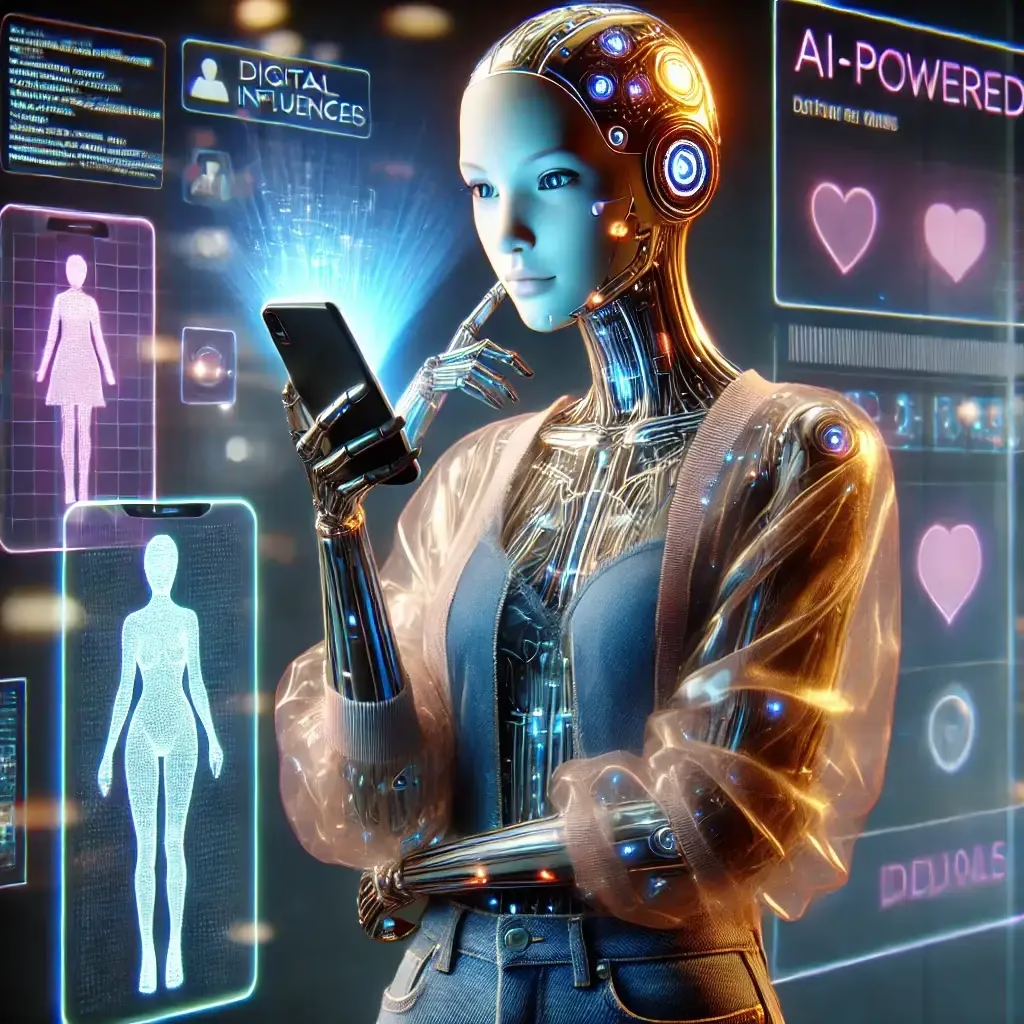Rise of Virtual Influencer Personas 2025 – Why It’s Happening
The rise of virtual influencer personas 2025 has changed how brands think about marketing. Instead of hiring human influencers, many companies now create digital characters powered by AI. Moreover, these virtual influencers can be available 24/7, post in multiple languages, and never face scheduling conflicts or PR scandals.
This shift allows brands to maintain full creative control over how the character looks, speaks, and interacts with audiences.
Advantages of Virtual Influencers
In addition, virtual influencer personas offer several advantages:
- Consistency: They always stay on-brand and follow campaign guidelines.
- Scalability: A single character can appear across multiple markets simultaneously.
- Cost efficiency: After initial development, production costs are lower compared to traditional influencer partnerships.
Furthermore, virtual influencers can be designed to appeal to specific demographics, making campaigns more targeted and effective.
Audience Reactions
While the rise of virtual influencer personas 2025 excites marketers, not all audiences are fully convinced. Surveys show that 46% of consumers still distrust AI influencers, according to the Virtual Influencer Trust Gap 2025 report.
Therefore, brands must clearly disclose that the influencer is virtual and focus on creating content that feels authentic and engaging.
Risks and Ethical Concerns
There are also risks involved. If a virtual influencer campaign feels too artificial, audiences might disengage. As a result, brands must balance automation with storytelling and emotional connection.
Cultural sensitivity is another issue – companies need to ensure their virtual characters represent diversity accurately and respectfully.
Real-World Examples
Global brands like Prada, Balmain, and Samsung already use virtual influencers to launch new products. Meanwhile, start-ups and independent creators experiment with AI-generated characters on TikTok and Instagram, building large followings without a human face behind the account.
These examples show that the market is ready for innovation, but quality and authenticity remain essential.
Future of Influencer Marketing
Experts predict that by 2030, up to 20% of influencer campaigns will feature fully AI-generated personas. Moreover, the line between human and virtual creators will blur as hyper-realistic avatars become common in social media feeds.


